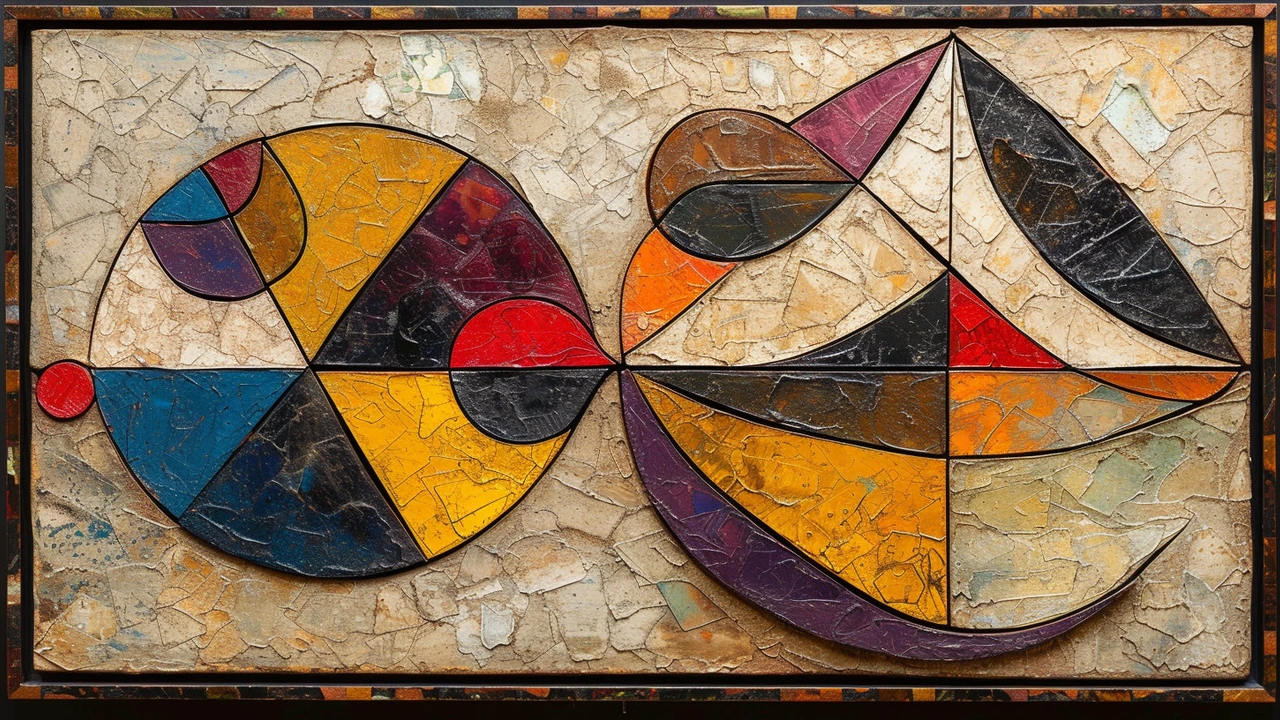Discover how embracing minimalism can dramatically enhance your creativity. This article explores the relationship between less clutter and more creative output, providing evidence and real-life examples of individuals and environments that have benefited from a minimalist approach. Learn practical tips on decluttering both physical and mental spaces to foster a creative mindset. Understand why simplicity is not just a trend, but a sustainable way to unlock your full creative potential.
Creativity in Architecture: Ideas, Inspiration, and Practical Tips
Creativity in architecture isn't a soft idea — it's the reason some buildings age like art while others fade into the background. This tag page collects clear, usable examples from different eras so you can steal ideas, learn methods, or just enjoy bold design. Use it to compare styles, find visual inspiration, or pick practical touches for your next project.
The posts under this tag cover wide ground. Want structural genius? Read "Ancient Roman Architecture Techniques" or "Ancient Roman Architecture" to see clever vaults and concrete tricks you can adapt visually. Crave dramatic ornament and city-scale thinking? Check "Beaux-Arts Architecture: Timeless Glory" and "How Beaux-Arts Architecture Shaped Modern Urban Landscapes." Prefer modern tools and tech-forward looks? Open "High-Tech Architecture" and "Neo-Futurism in Architecture and Art." For historic balance and human-scale ideas, explore "Greek Revival," "Colonial Architecture," "Georgian Architecture," and "American Craftsman." Each article shows concrete examples, not abstract theory, so you can spot patterns and copy details that fit your work.
How to use this tag
First, scan the post titles to match what you need: technique, style, history, or design tips. Click posts that promise practical advice—those usually include preservation tips, renovation ideas, or identifying features. Keep a running folder of images and short notes. For designers, save a swipe file of elements like columns, window proportions, material pairings, or tech solutions. For students or travelers, use the tag as a quick syllabus: read one article per style and jot down three defining traits.
Quick ways to spot creative design
Look for five practical signs: silhouette (unique rooflines or massing), material twist (unexpected combinations like brick with glass), detail focus (ornament or clean joints), scale play (oversized or tiny elements that change perception), and technology use (visible systems or clever integrations). When you can name which of these a building uses, you can reuse the idea with confidence. For example, a Neo-Futurist facade often plays with silhouette and tech; a Beaux-Arts entry relies on detail and scale.
Want immediate inspiration? Start with the articles "Renaissance Architecture: Exploring the Fusion of Art and Structure" and "Constructivist Architecture: Icons, Innovators, and Visionary Designs Explained" back-to-back. One shows measured harmony, the other fearless form. Mix lessons: combine a Renaissance sense of proportion with a High-Tech material palette for modern, balanced results.
If you're working on a project, pick three visual notes from any article here and test them as sketches or mood boards. Keep it tight—two strong ideas are better than ten weak ones. Browse regularly; creativity grows when you see many examples and steal only the parts that actually work for your goal.
Use this tag like a short course: pick a style, read two contrasting articles, then sketch a mood board. If you're renovating, look for maintenance tips in preservation articles like 'Greek Revival: Why It's Worth Preserving.' Students: write a one-page summary after each article to lock in ideas. Designers: test one borrowed element at full scale before committing. Come back often—the tag updates with fresh examples and practical tricks.
So, we're diving head-first into the wild and wonderful world of Deconstructivism, folks! This isn't your grandma's art movement. It's like Picasso and The Hulk had a baby and decided to raise it in a world made of Jenga blocks. This is all about breaking the norm, mixing things up, and finding creativity in chaos. In a nutshell, it's about creating beauty from the unexpected, and let me tell you, it's as exciting as a roller coaster ride with a blindfold on!


